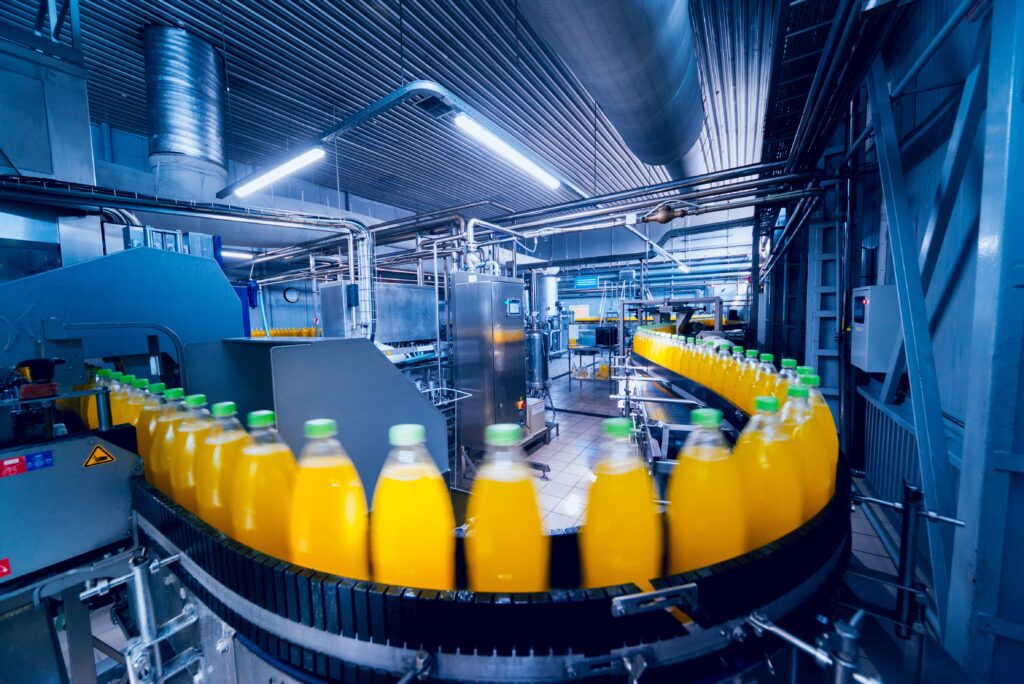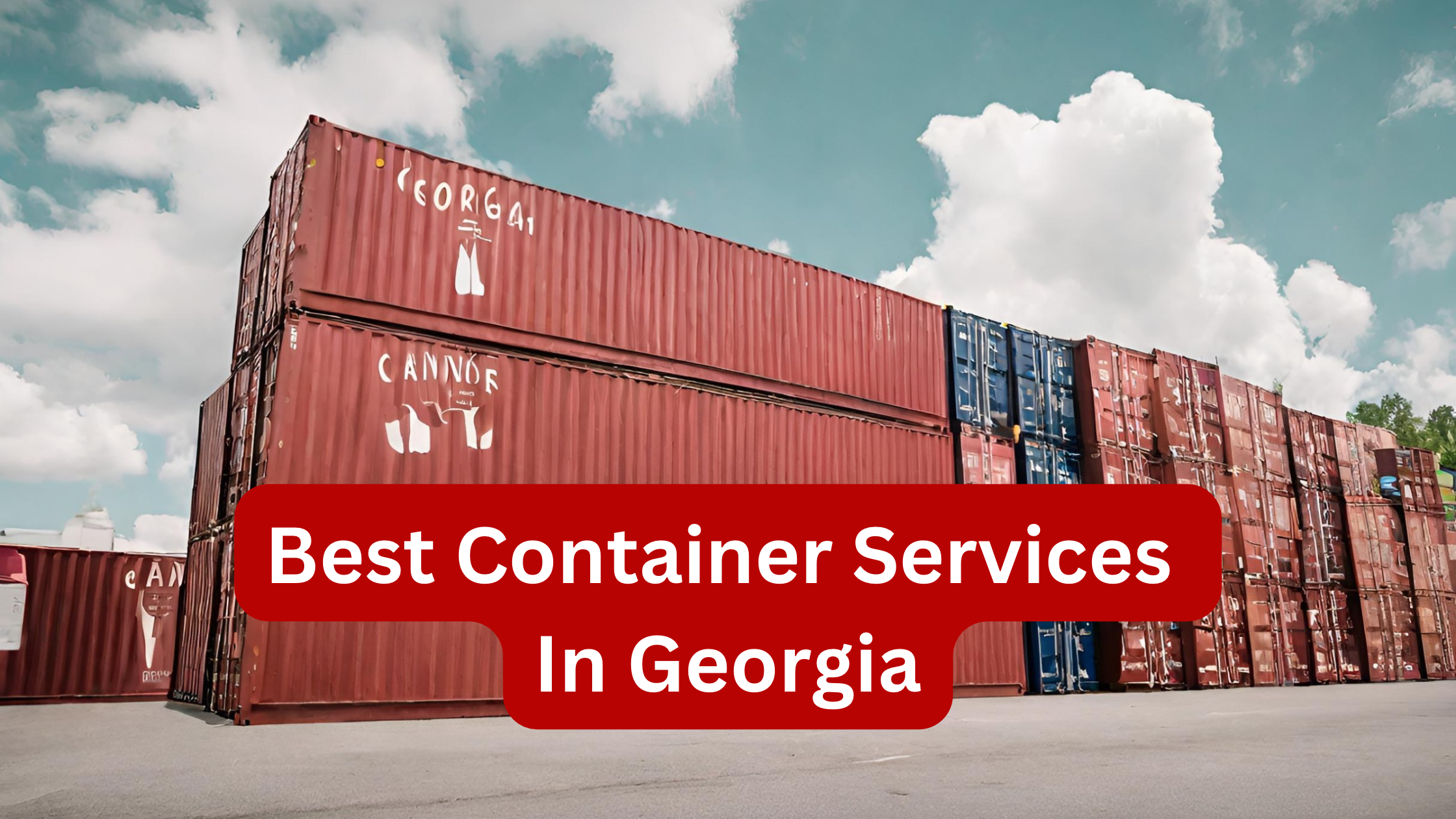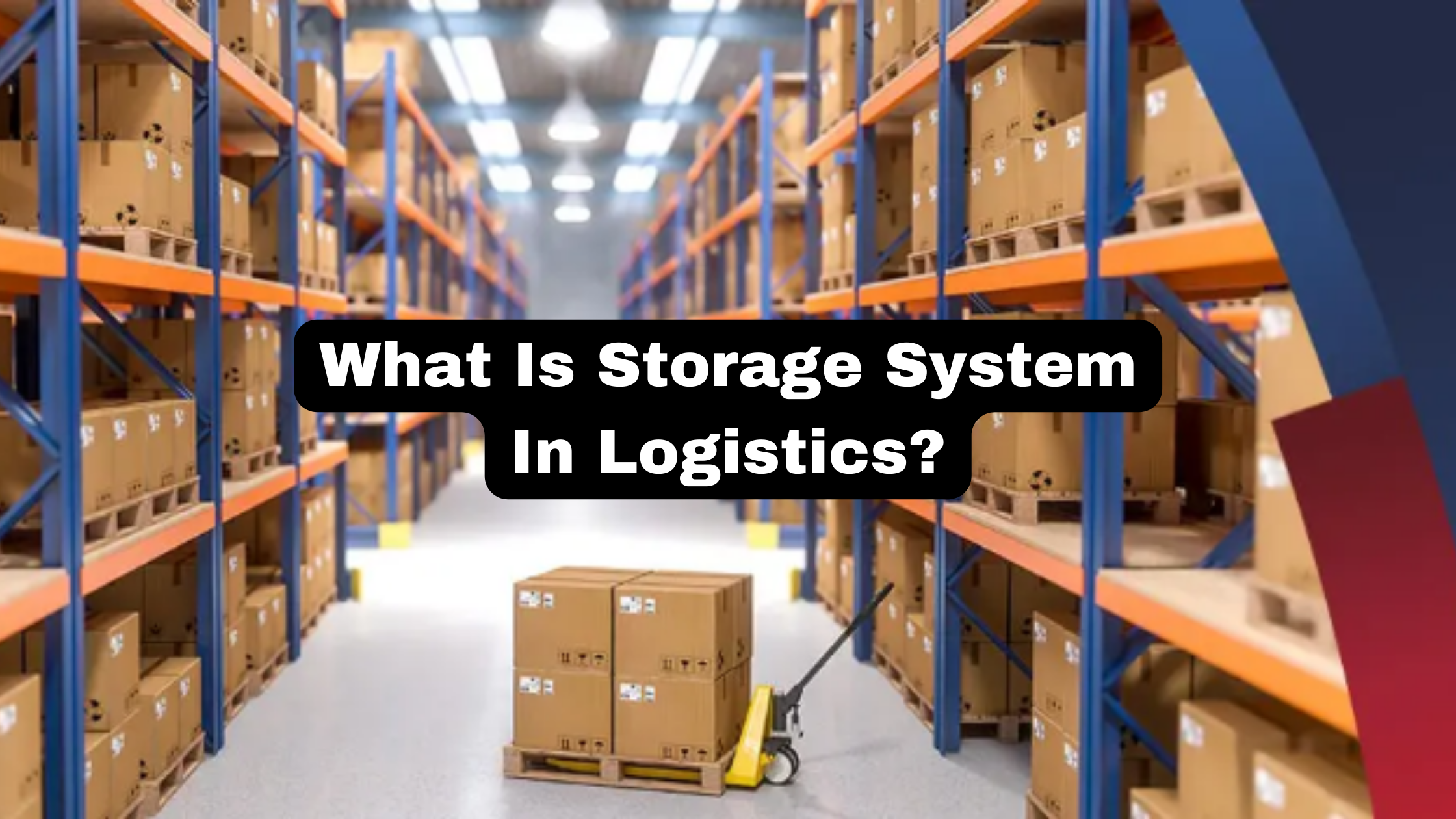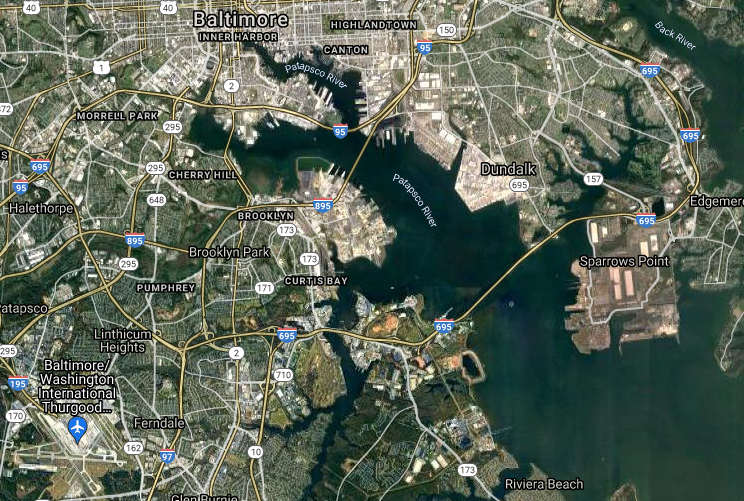All supply chains involve multiple stakeholders, which include farmers, suppliers, manufacturers, distributors, retailers, and consumers.
The effectiveness, quality, and safety of the items that are supplied to customers may be impacted by the several specific issues that this complex network poses. We’ll look at some of the major supply chain issues the food and beverage sector is facing in this blog.
SKU and Order Complexity
Ordering food and drinks is more complicated now than it formerly was. A number of trends, as well as certain health concerns, are motivating consumers to desire a larger selection of alternatives.
One illustration is the switch from commonly used soft drinks, milk, and beers to items like health beverages, soy milk, and artisan brews.
Due to the abundance of possibilities, retailers feel pressure to carry a wider range of goods. Thanks to technological advancements like RFID tags, warehouses, and outlets can handle SKU and order complexity.
Potential for Food Fraud
You must watch out for food fraud if you outsource any aspect of your food and beverage business. This is referred to as deliberate food adulteration in the food business and includes misbranding or counterfeiting, product substitution, authorized additions or enhancements, and the purposeful contamination of food with various chemicals.
For instance, a provider may ship less expensive substitutes while maintaining the same pricing as you. Alternatively, they could infuse them with boosters or additives without telling you.
Why does this matter? First of all, you only sometimes receive what you pay for. Second, your clients aren’t either, which poses a major risk to their health and legal liabilities.
Customer Experience
The food and beverage industry is quite cutthroat. Customers won’t hesitate to test your competitor’s items if yours aren’t available or the quality drops.
A customer service nightmare could include missed delivery windows, ruined food, or incorrectly labeled goods. Additionally, restaurants and grocery stores will likely impose fines for late or missing deliveries.
Distributors and manufacturers should include enough redundancies to account for interruptions in their procedures. There must be visibility throughout the logistics operation to identify and avoid bottlenecks.
Growing Food & Beverage Regulations
In addition to all the logistical and sourcing problems, the regulatory environment has tightened considerably. This entails abiding by various federal, state, and municipal laws and Food and Drug Administration (FDA) regulations in the US.
Regulations that affect food and beverage businesses are inevitable. They are placed to safeguard the public, but the businesses that must abide by them may incur higher expenses and hassles.
For instance, the ELD Mandate is a law requiring trucking businesses to track and record a driver’s daily service hours electronically. Despite having safety as its primary goal, this has raised transportation costs and slowed the transfer of perishable commodities.
Cost Reduction and Productivity Pressures
Cost-cutting and productivity enhancement are constant food and beverage supply chain goals. Companies should look at technological solutions to enable workers to do tasks more quickly and with less human error, even as labor expenses grow.
A long-term fix for many of the issues that afflict that supply chain is to invest in technology. Customers are still very picky about both quality and cost. Efficiency-focused businesses will produce superior outcomes.
Limited Refrigerated Vehicle Availability
Many perishable food and drink items must be transported using temperature-controlled methods to avoid spoilage. However, the demand for accessible refrigerated cars is increasing faster than the supply.
The end consequence is a tighter capacity, especially from April to July when produce is at its height, and refrigerated trucks are increasingly more challenging to come by. Strong demand also entails higher shipping costs than standard truckload and dry van shipping rates.
The shelf price of items will undoubtedly rise due to higher shipping expenses as they move down the supply chain to consumers.
Conclusion
To sum up, the food and beverage business has several difficulties in its supply chain.
These challenges call for proactive and creative solutions, from demand planning and forecasting to guaranteeing food safety, preserving supply chain visibility, and promoting sustainability.
The world’s food supply chain of custody has grown more intricate. Although customers believe supply chains operate like well-oiled machines, recent months have shown this is not the case.
Businesses in this sector will be better equipped to overcome these obstacles and provide better overall outcomes if they implement new initiatives and use technological solutions.








